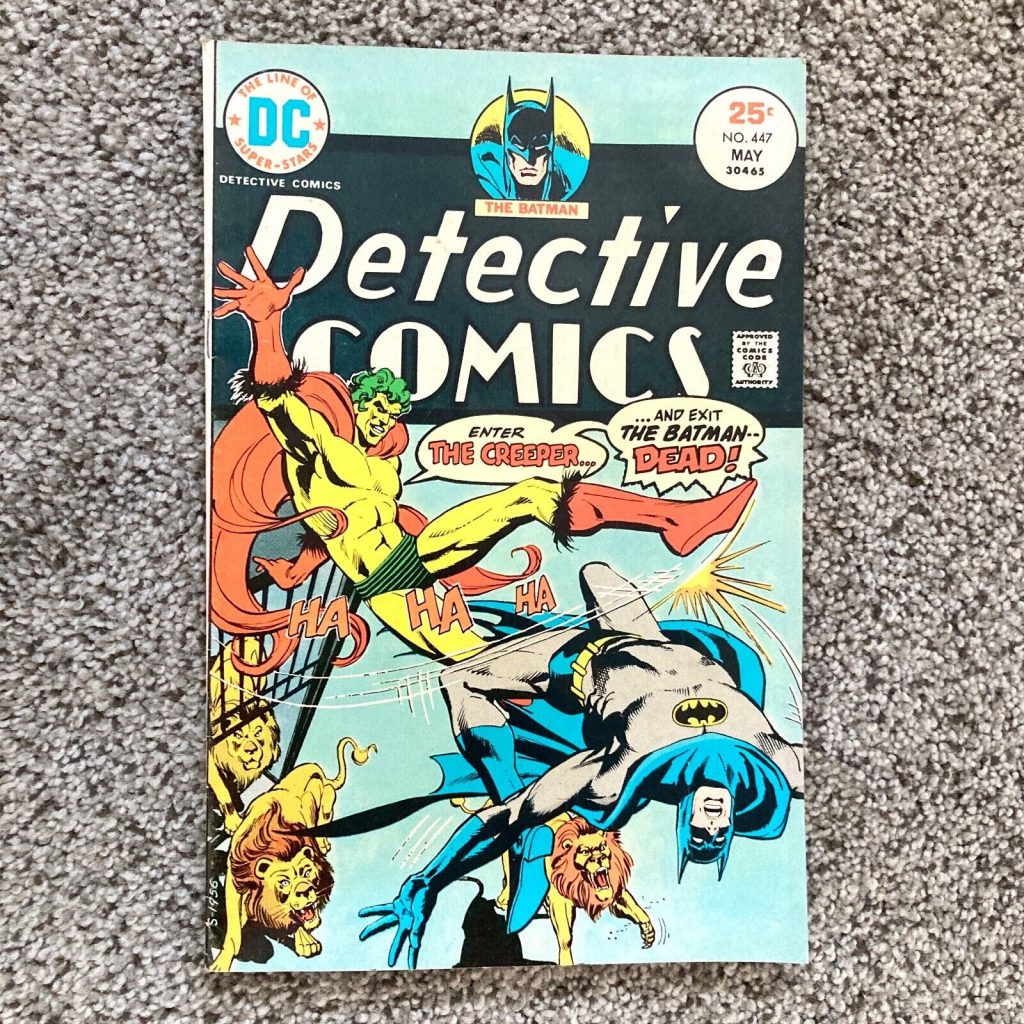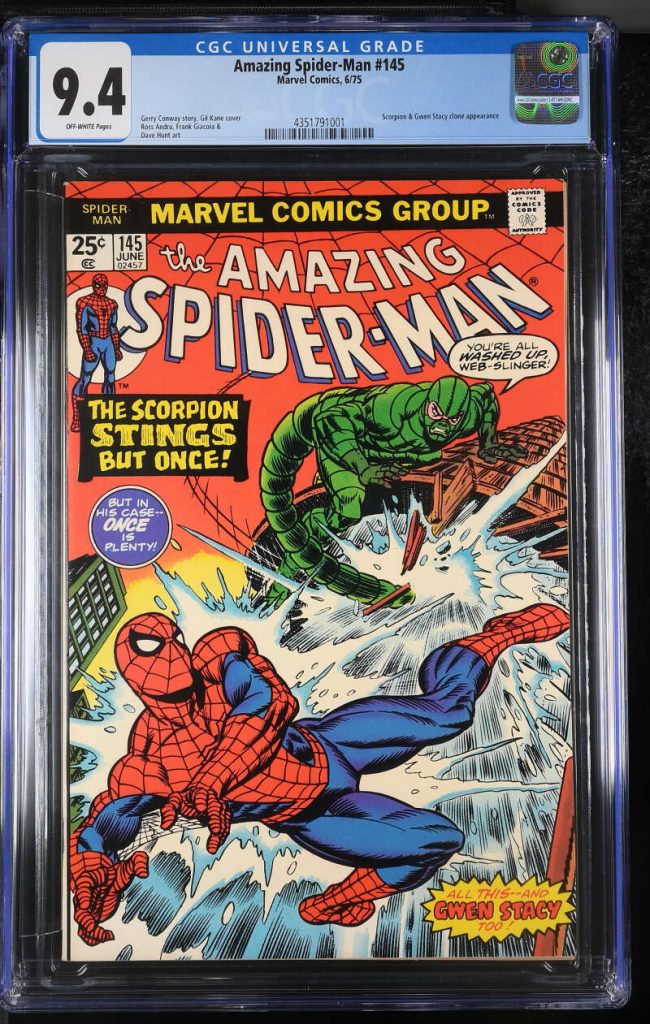First of all, what is “Iron Age,” besides a hashtag and keyword?
Since (I think) it began after one of Razorfist’s rants, primarily among independent comics creators, let’s look at it through the lens of comics for a moment.
Action Comics #1, introducing the very first comic book superhero, is where I place the start of the Golden Age. I think all agree that it ended before 1956. I would place it more toward 1949, when all but a handful of superheroes disappeared from circulation. Because of the crude (sometimes downright childish) art and writing, few are as fascinated with it as I am. Still, that period is universally recognized as “The Golden Age.”
Experts identify the “reimagining” of the Flash, in 1956, as the beginning of the Silver Age. And though the Flash is a DC character, it was Marvel that made the biggest splash during this era.

Near as I can figure, the Bronze Age was when I first discovered comic books. It was the ’70s-80s, when comics could still be found on spinner racks in drug stores and gas stations, kids still read them, and the politics weren’t nearly as unbearable as they would become later. There were no cultural Marxist screeds yet–the writers usually conducted a Gene Roddenberry charade of balance, where those accursed right-wingers also had a right to their opinions.
Below is the Razorfist rant in which I believe the term “Iron Age” (as it applies to entertainment) may have been coined (as with all Razorfist rants, I apologize for the profanity but accept your gratitude for the humor):
Usually, “ages” of this, that, or the other are determined retroactively. If nothing else, The Iron Age is unique in that it has been named while it is ongoing.
In this video, Katie Roome gives an educational introduction to the Iron Age:
Even though there is a website called “Iron Age Media,” the Iron Age isn’t a publisher or an organization. It’s the age of entertainment we’re living through. More than that, according to many: it’s a movement by independent creators. The nature of the creations is outlined by Katie Roome fairly well.
Some of my readers might ask if I’m a part of this movement. Well, I started blogging, and published my first novel (independently) approximately a decade before the Wu Flu lockdowns. That alone might disqualify my work, depending on how rigidly one wants to define the Iron Age. My primary goal has always been to tell good stories and entertain, but I have offended many a leftist snowflake by pushing back against the woketard agendas and narratives that dominate pop culture so far. I do this increasingly in my bestselling Retreads series, for instance.

However, my fantasy shorts and retro-pulpy boxing novella are exclusively entertainment, devoid of any contemporary politics.
So am I part of the movement? I am still publishing work, in the post-lockdown era, so maybe. In any case, I certainly sympathize with it (as I understand it) and applaud the intentions of the creators who are part of it. There is no single authority on, leader of, or governing body over Iron Age (setting it apart from “Comicsgate,” perhaps) so it’s academic, if not moot.
When I am finished with my current time travel series, I plan to shift my efforts from prose over to sequential art. My first graphic novel, a sort of pulpy space opera, will resume once I find a dependable artist with integrity. For now, a black & white “false start” (not intentionally such) is available for free on Arkhaven.
If the Iron Age is a movement, I’m looking forward to what is produced from within it.

